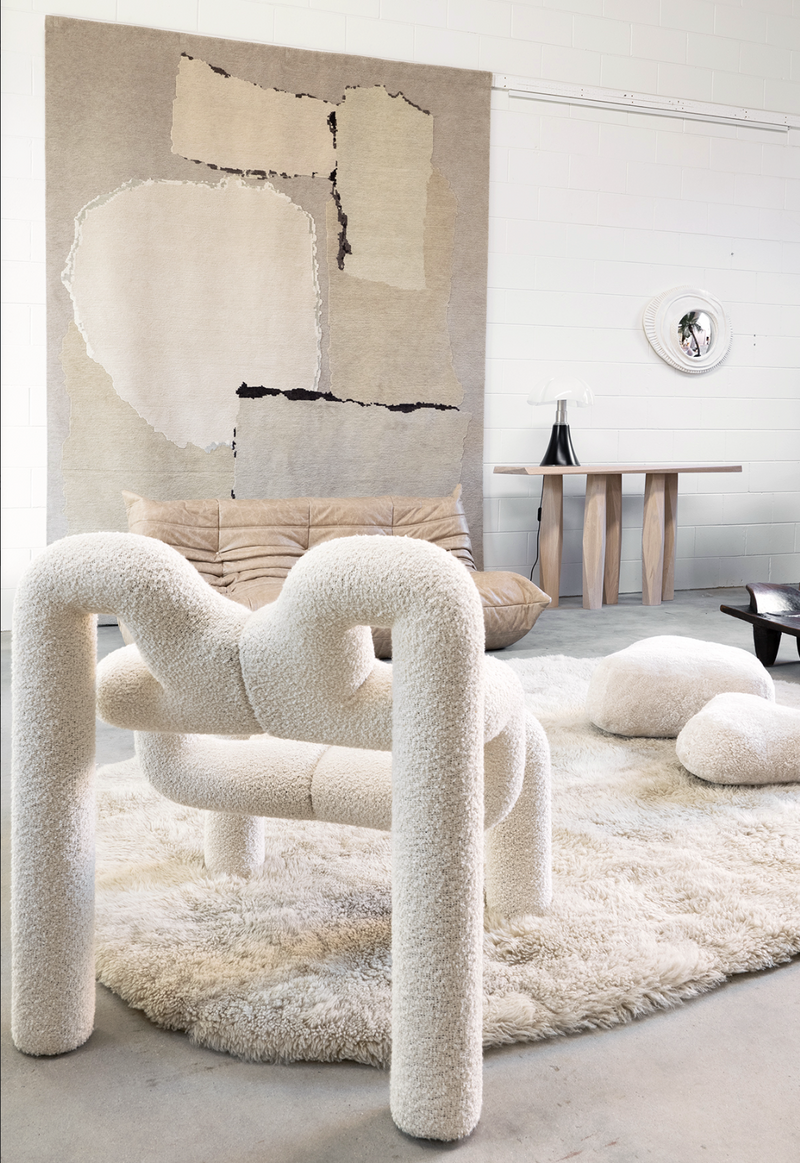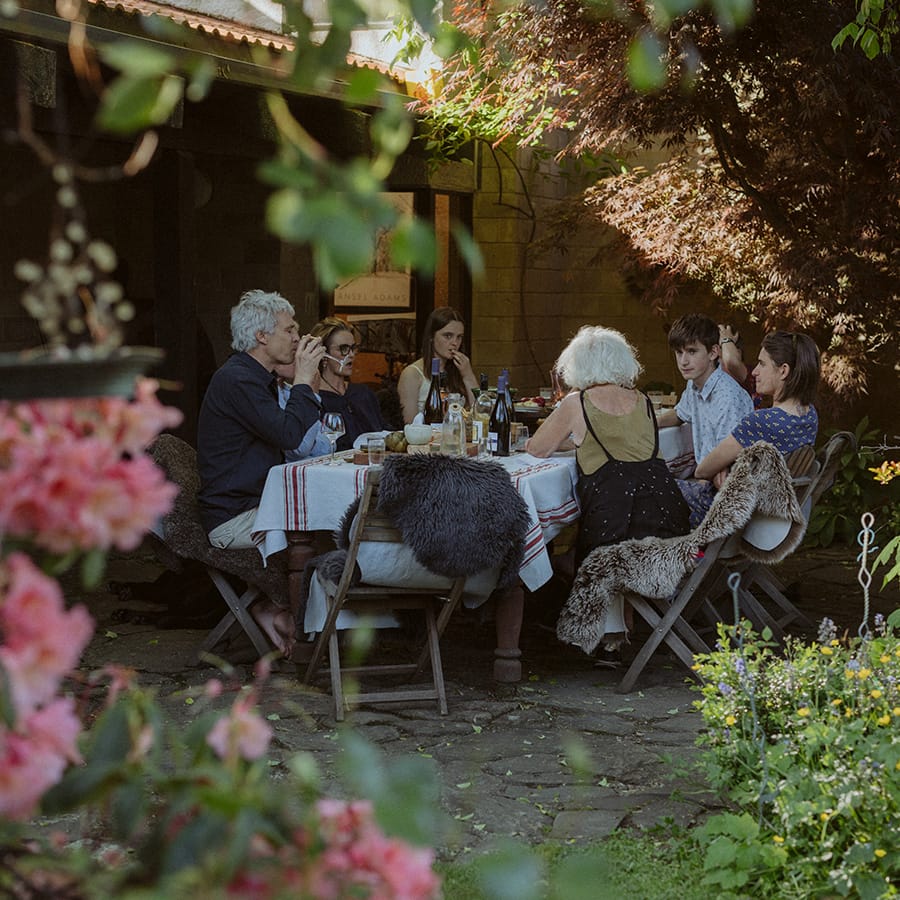Products
Usage
Collections

0 results
Products
Usage
Collections

0 results
Copyright © 2025 Wilson & Dorset
Site by S/ACountry / Region:
Our newsletter subscribers are the first to know about product drops and sales as well as receiving exclusive offers we don’t offer anywhere else. Sign up and get 10% off your first purchase.
Thanks for signing up! Check your inbox shortly for your first email and welcome discount.
Your cart is empty
Saving...
Shipping costs are determined by weight, distance and size of the order and calculated at check out. We aim to dispatch all orders within 2-4 business days.
For more information please check out our Shipping & Retiurns information.
Shipping & taxes calculated at checkout

